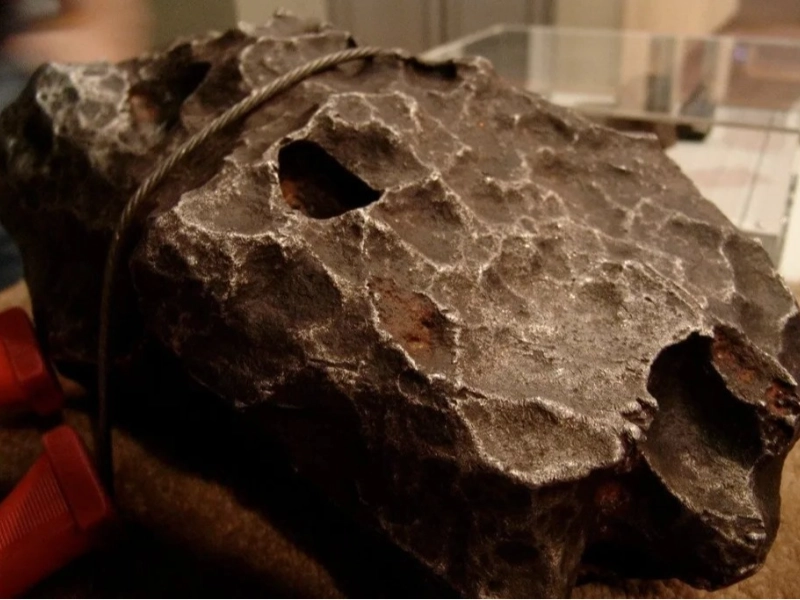Space Rocks That Rocked Our World: 10 Meteors You Won't Believe Actually Hit Earth!
Advertisement
2. The Allende Meteorite

Advertisement
Turning now to carbonaceous chondrites, the Allende meteorite steals front stage. Offering scientists a window into the building ingredients of our solar system, this Mexican meteorite is well-known for its rich chemical compounds and perfect stardust. Discovery of the Allende meteorite and later research have given great new perspectives on the beginnings of our solar system and the mechanisms guiding the formation of planets and other celestial bodies.
On February 8, 1969, in the Mexican state of Chihuahua, the Allende meteorite dropped to Earth. Witnesses saw a magnificent flame blazing across the heavens accompanied by a sequence of explosive sounds. During its fall, the meteorite split apart and sent thousands of bits over a large area. While smaller bits were gathered from the surroundings, the biggest pieces weighed several kilogrammes. Scientists and aficionados for meteorites noticed the event and soon saw its importance.
Comprising a varied range of minerals and organic components, the Allende meteorite is classified as a CV3 carbonaceous chondrite. Its matrix comprises presolar grains—tiny particles that predate the origin of our solar system, chondrules, calcium-aluminum-rich inclusions (CAIs), These elements offer a special window of view of the early solar nebula, the cloud of gas and dust from which our solar system developed. Scientists have learnt a great deal about the circumstances and mechanisms influencing the early solar system by examining the Allende meteorite.
Rich organic content of the Allende meteorite is one of its most fascinating features. Organic chemicals abound in the meteorite, including amino acids—the building blocks of life. These organic molecules have attracted attention on the possible function of meteorites in the beginning of life on Earth. Some scientists speculate that meteorites like as Allende would have brought necessary organic chemicals to the early Earth, therefore supplying the building blocks for life. Thus, the study of the Allende meteorite has helped us to grasp the possible links between space rocks and the beginning of life.
Furthermore very important in helping us to clarify the chronology of the solar system has been the Allende meteorite. Precise age estimates for several phases of solar system development have come from radiometric dating of the components of the meteorite. For instance, some of the oldest known solid materials in the solar system—the CAIs within the Allende meteorite—have been dated to roughly 4.567 billion years ago. These age calculations have created a chronology for the development of the solar system and a framework for comprehending the mechanisms guiding the formation of planets and other celestial bodies.
Apart from its scientific importance, the Allende meteorite has grown to be a sought-after collection and museum exhibit item. Its unusual makeup and historical significance make it a great addition to meteorite collections all over. < Museums and scientific facilities feature fragments of the Allende meteorite, which still excite and inform the public about the beauties of space and the beginnings of our solar system.
All told, the Allende meteorite is a unique window into the early solar system. Rich in biological matter, varied mineralogy, and ancient beginnings, it is a great scientific tool and an intriguing topic of research. The Allende meteorite reminds us of the intricate and linked events that have moulded our solar system and the possible links between space rocks and the beginnings of life as we keep discovering the secrets of the universe.
Advertisement
You May Like

